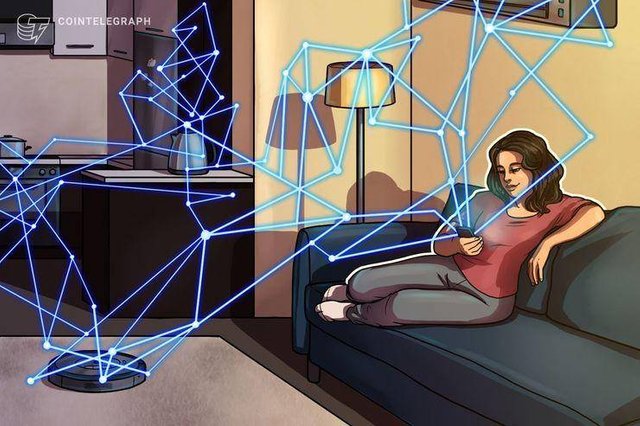The Implications of Fusing 5G and Blockchain
depth
Analysts have been anticipating the implications of the Internet of Things (IoT) for several years. However, there have been two main impediments to its success: capacity and security.
But now, the introduction of a new technology could change that. This year, major carriers like AT&T and Verizon will be introducing 5G, the latest generation of cellular mobile communications. The 5G platform brings a high data rate, reduced latency, energy savings, cost reduction, higher system capacity and massive device connectivity, according to analysts.
The combination of 5G and blockchain technology has the potential to unleash a surge of economic value. In order to understand this connection between 5G and blockchain, one must think of the relationship as multifold. The power of 5G coverage through its reduced latency, high speeds and capacity allows for IoT devices to become widely used. Simultaneously, these devices can leverage the security, decentralization, immutability and consensus arbitration of blockchains as foundational layers.
That means smart cities, driverless vehicles, smart homes and other sensor-driven enhancements will finally have a technology that can handle their needs.
As foundational layers, blockchains can provide consensus and security while the majority of IoT transactions and contracts occur on second-layer networks, with the opportunity to settle payment channels and transaction disputes on-chain. The network capacity of IoT, however, will be enabled by the power of 5G coverage.
Furthermore, 5G will directly assist blockchains by increasing node participation and decentralization, as well as allowing for shorter block times, driving forward on-chain scalability — all of which, in turn, further supports the IoT economy.
Here is a first look at how 5G is rolling out and when real usage might be seen.

Follow me back please
Posted using Partiko iOS